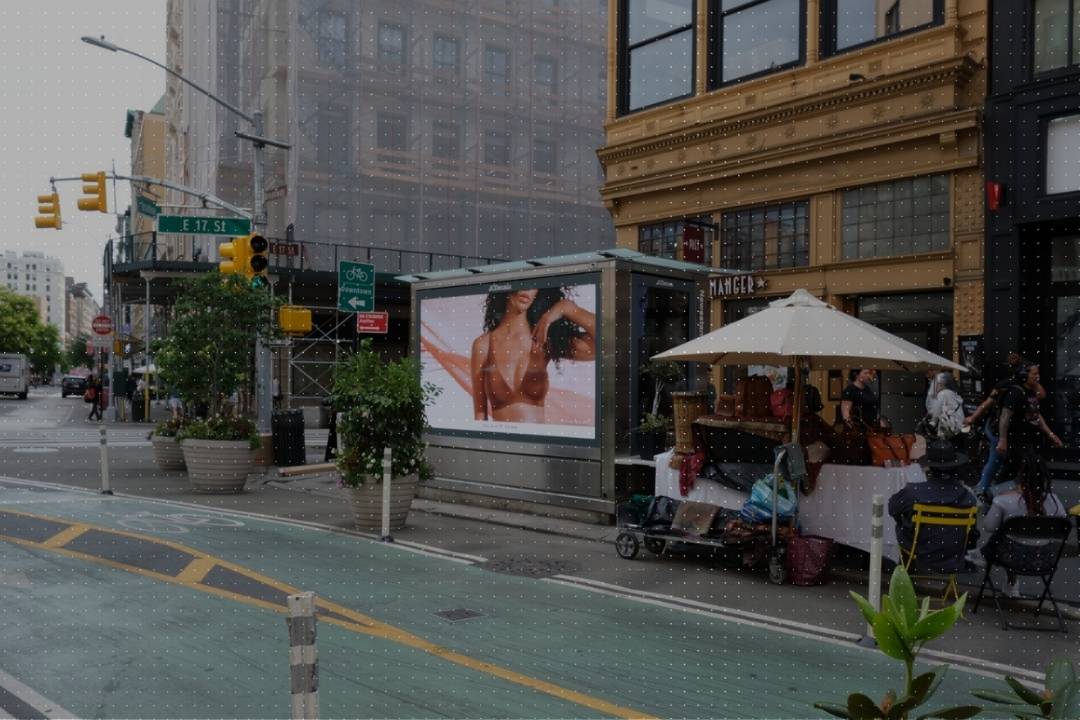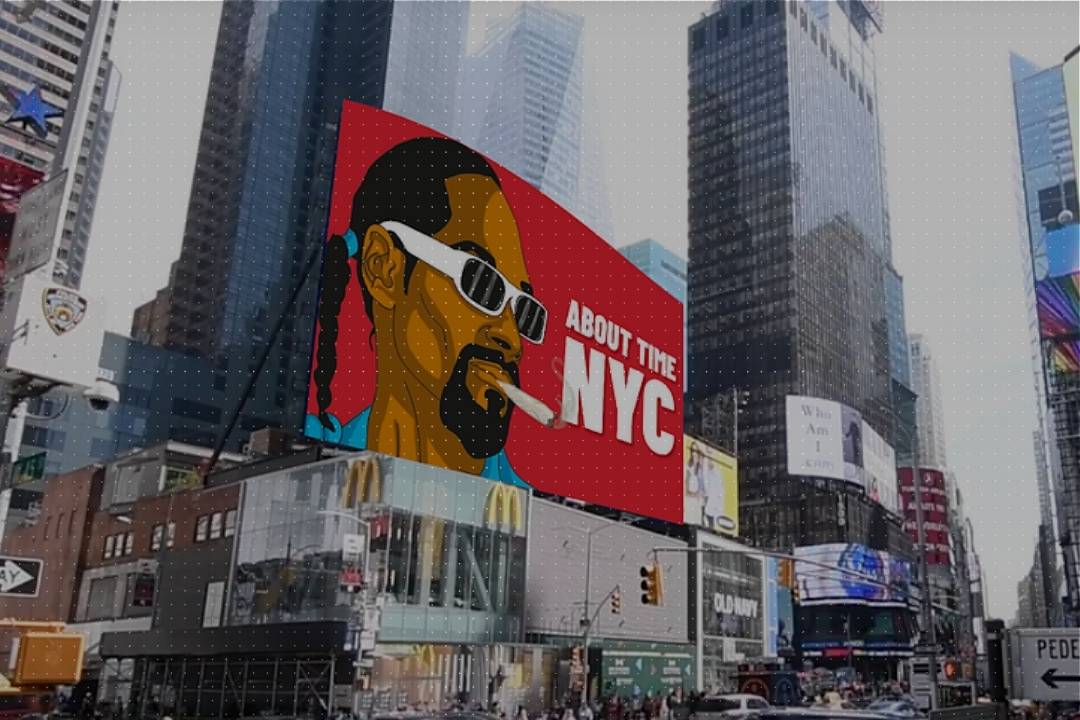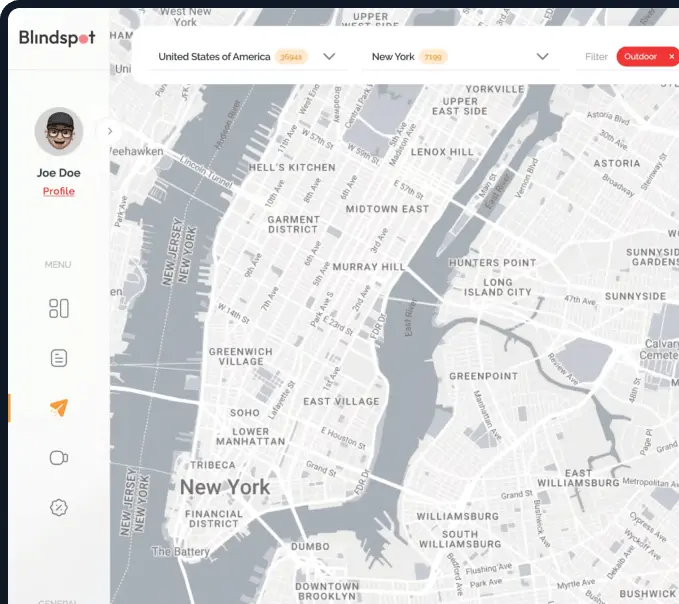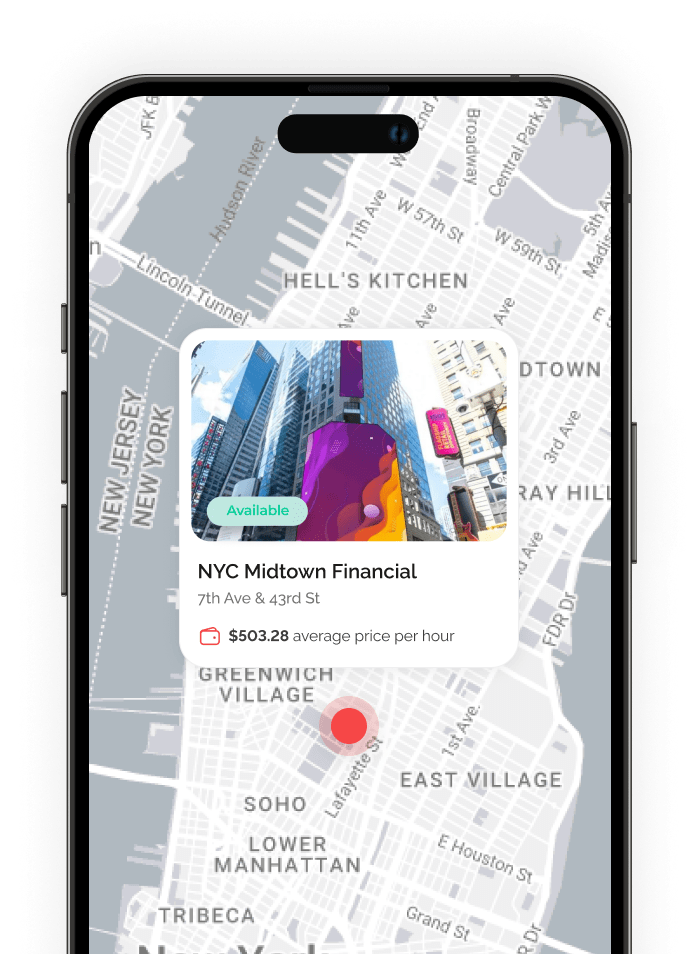How Charities Can Stand Out and Drive Real Impact
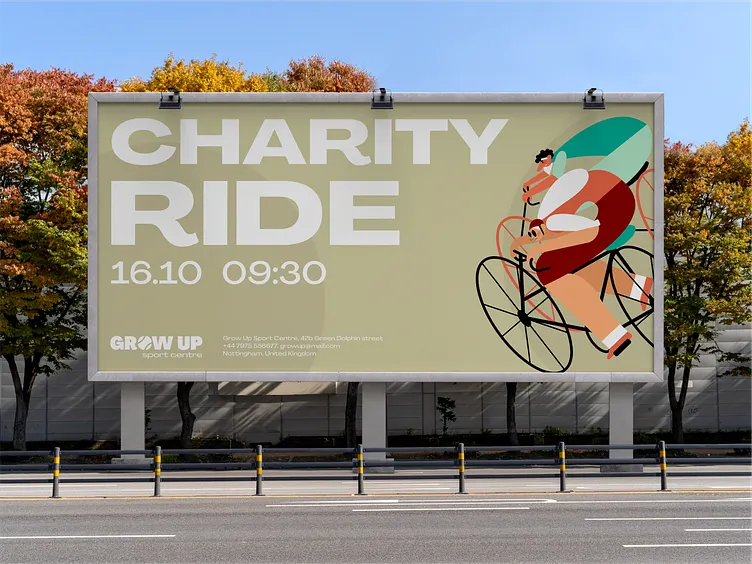
Most nonprofits don’t think of themselves as advertisers, but they should. Digital Out-of-Home (DOOH) gives charities the same ability that for-profit brands enjoy: to reach people in the real world with targeted, emotionally resonant messages that drive action, not just awareness. And with platforms like Blindspot, nonprofits can run flexible, precise campaigns without huge budgets or long-term commitments.
Why Nonprofits Should Think Like Brands (Without Acting Like Them)
It may feel counterintuitive, but the key to maximizing a nonprofit advertising budget is to approach it with the same strategic mindset as a business: test what works, cut what doesn’t, and treat awareness like a measurable KPI rather than a “feel-good” bonus.
That doesn’t mean chasing profits, it means being intentional.
Your nonprofit advertisements should feature a clear benefit in the creative (people need to see your impact), an actionable call to action (something like “Donate at yoursite.com”), and visuals/copy that align with the best practices listed here.
The Underrated Power of DOOH for Nonprofits
While many charities focus on digital ads and social media, DOOH offers credibility, scale, and community presence that online banners cannot replicate.
A nonprofit billboard doesn’t just raise awareness, it signals legitimacy. When someone sees your cause lit up on a screen during their commute, your mission feels real, urgent, and trustworthy in a way that a boosted Instagram post rarely does.
And importantly, the OOH industry donates over $450 million in ad space to nonprofits every year.
This makes DOOH far more accessible than most organizations realize.
Best Practices for Nonprofit DOOH Campaigns
1. Keep Messaging Simple and Emotional
Nonprofits perform best when visuals and copy focus on a single, powerful idea. People don’t remember facts, they remember feelings. Successful DOOH ads tell a story in 3–6 seconds.
2. Use Clear Calls to Action
“Donate today.”; “Join us.”; “Learn more at…”
A clear CTA prevents passive viewing and moves people toward action.
3. Leverage Interactive Elements
Donation prompts, time-sensitive messages, or mobile retargeting significantly boost engagement and help bridge the gap between the real world and online giving.
4. Build Trust Through Transparency
20% of people don’t donate because of mistrust.
DOOH’s public, highly visible placement helps counter this, especially when paired with transparent messaging (“100% of donations fund…”).
5. Localize Your Message
40% of donors prefer to support local causes.
Mention the city. Reference local culture. Speak directly to the community.
6. Integrate DOOH with Digital Outreach
Organizations like International Justice Mission (IJM) combine DOOH with:
- SEO and search retargeting
- Email nurturing
- Social amplification
This multiplies impact and improves donor acquisition.
Numbers Nonprofits Should Know
- 93% of nonprofits say strong branding boosts donor engagement.
- People remember stories 22× more than facts.
- Video storytelling retains 95% of a message vs. 10% for text.
- 20% of people don’t donate due to mistrust, underscoring the need for transparent creative.
- Nonprofits typically allocate 5–15% of their budget to marketing.
- It can take 18–20 touchpoints to convert a new donor.
- Updating creative can increase engagement by 120%.
DOOH Is a Growth Engine for Nonprofits
You don’t need a massive budget or national presence to make DOOH work. You just need to meet people where they are, physically, emotionally, and contextually.
Pair that with dynamic DOOH tools, creative rotation, localized messaging, and clear CTAs, and your nonprofit can run a campaign that boosts awareness, donations, and long-term trust.
And if you’re not sure where to start?
Many nonprofits qualify for Google Ad Grants, a powerful complement to DOOH.
A targeted DOOH campaign is the perfect beginning.
Blindspot can help you plan one in minutes.
